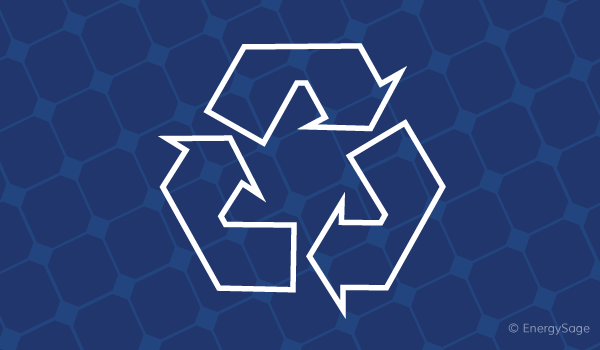Fuels provide us this greater energy source.
Arsenic in solar panel manufacturing.
Gallium arsenide is used in the manufacture of devices such as microwave frequency integrated circuits monolithic microwave integrated circuits infrared light emitting diodes laser diodes solar cells and optical windows.
There are two principle types of arsenic as 3 and as 5.
Silicon tetrachloride mentioned above as one of the most toxic chemicals involved in the manufacturing of panels is usually recycled by manufacturers as a cost saving measure.
Arsenic cadmium telluride hexafluoroethane lead and polyvinyl fluoride are just some of the chemicals used to manufacture various types of solar cells.
As a whole the solar industry from manufacturing all the way through sales and installation employed more than 250 271 americans in 2017.
Here is a partial list eight of fifty of chemicals associated with solar photovoltaic pv manufacturing and disposal.
Water is yet another issue.
Gallium arsenide it is a iii v direct band gap semiconductor with a zinc blende crystal structure.
So perhaps someday powering photovoltaic panel manufacturing with wind solar and geothermal energy will end concerns about the carbon footprint of photovoltaics.
Solar energy is important for all countries due to.
They can use this byproduct to create more polysilicon and therefore more panels.
Arsenic antimony and phosphorus.
Environmental scientists and solar industry leaders are raising the red flag about used solar panels which contain toxic heavy metals and are considered hazardous waste.
Also air and water pollution and.
We know solar panels as the futuristic looking black or blue rectangles that soak up sunlight and bring down our energy bills.
It is anything but safe when all factors are considered.
Rapid depletion of fossil.
With recycling expensive.
Arsenic is inexorably considered a poison just 180mg is enough to kill a human.
Gaas is often used as a substrate material for the epitaxial growth of other iii v semiconductors including indium gallium arsenide aluminum gallium arsenide and others.
1 24 the electronics industry uses 5 of the arsenic produced to make gallium arsenic semiconductors for use in cell phones solar panels and light emitting diodes leds and the remaining 15 is used in glassmaking and to harden metal alloys in ammunition solders and bearings.
We might even get the technology behind how they work.

